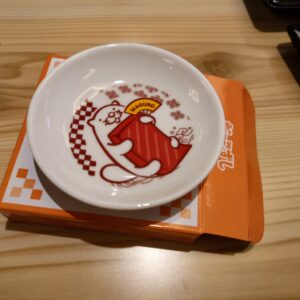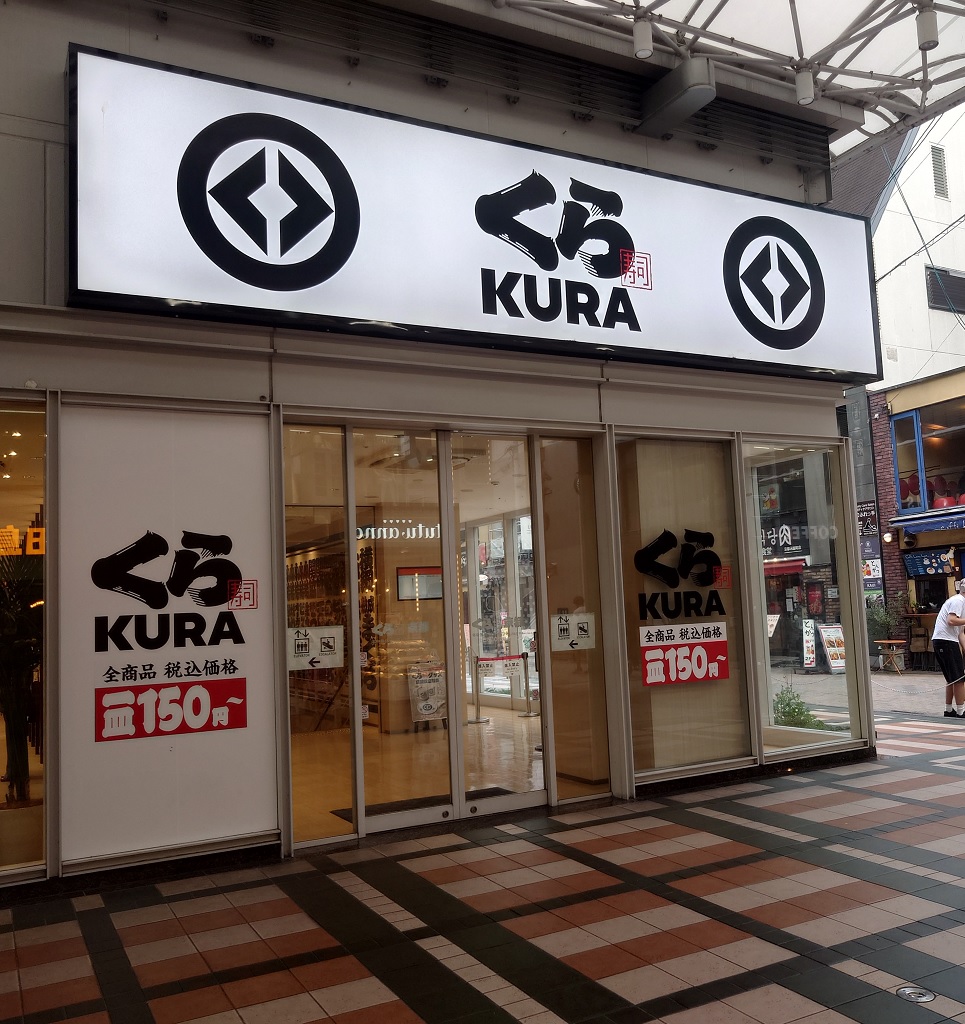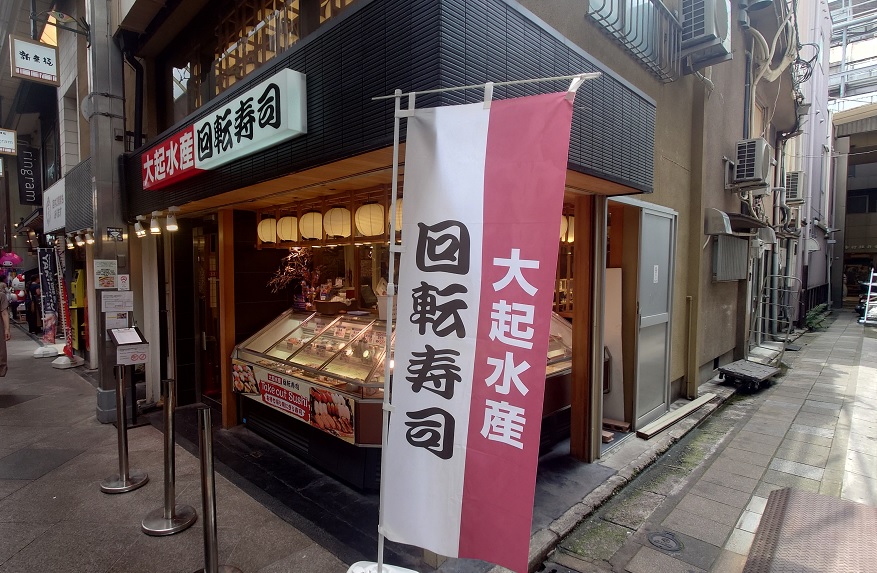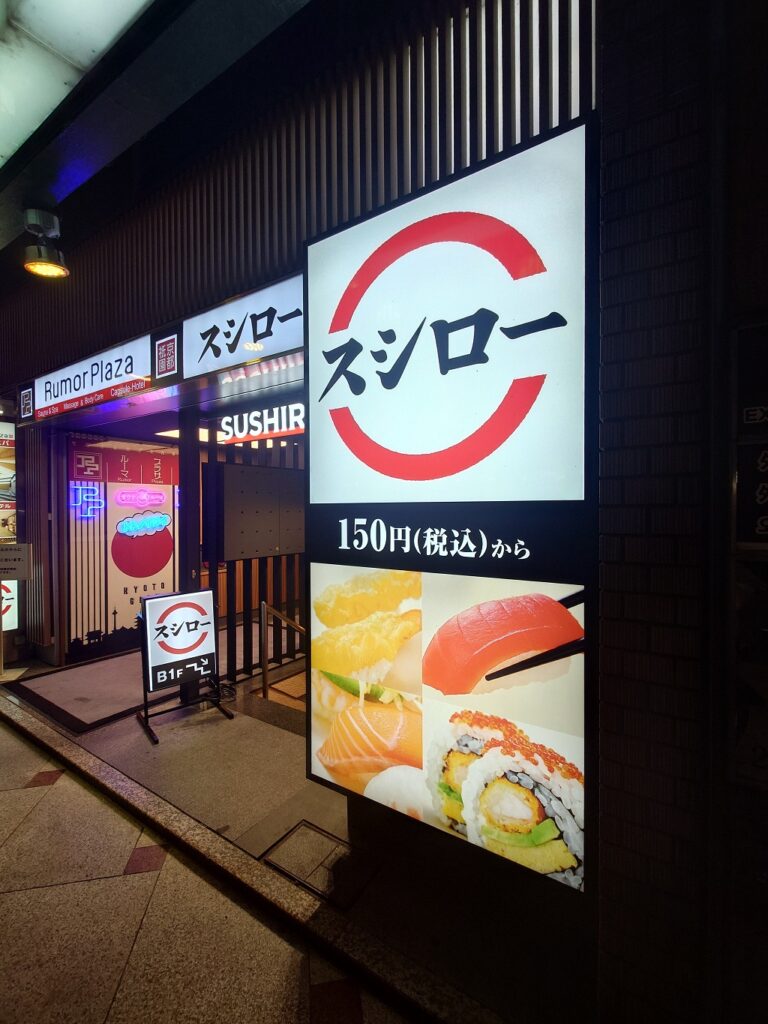
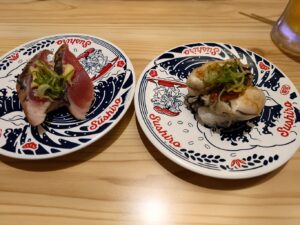
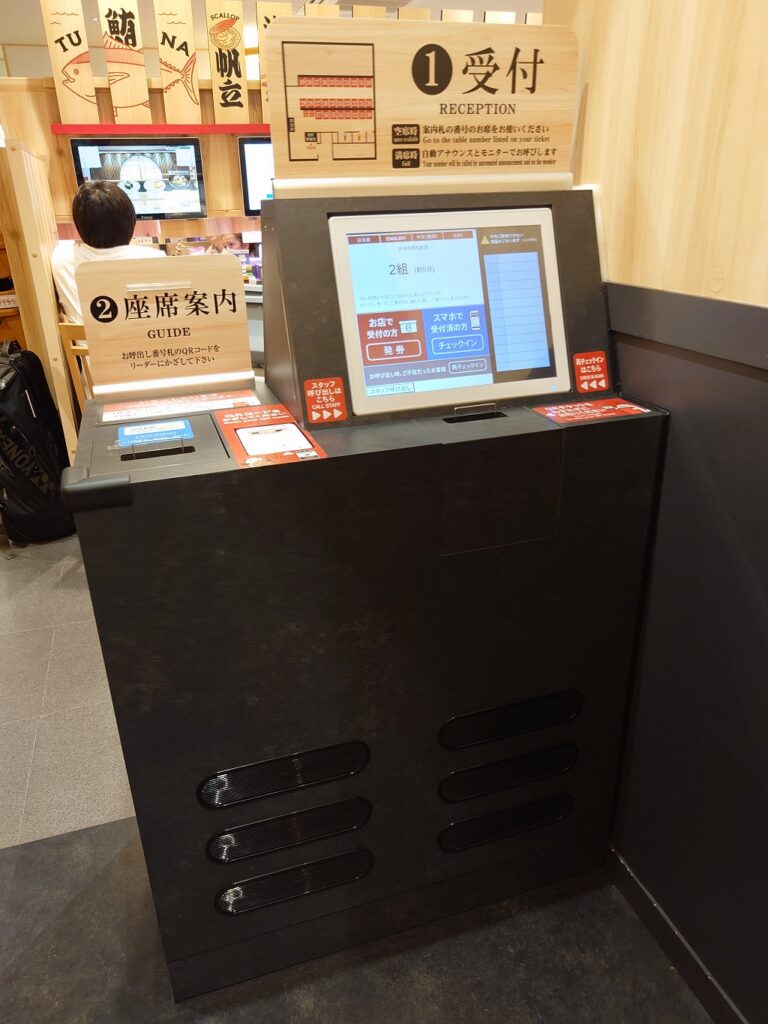
Sushiro - A POPULAR AND ORIGINAL SUSHI CHAIN
 Introduction to the chain
Introduction to the chain
Sushiro (スシロー) is one of Japan’s largest kaiten-sushi (conveyor-belt sushi) chains. Founded in Osaka, it is known for its excellent value for money, fresh ingredients and a wide choice of dishes to suit all ages. Sushiro focuses on consistent quality at affordable prices, while constantly inventing new recipes.
 Nationwide presence
Nationwide presence
Sushiro has over 600 restaurants throughout Japan, including several in Kyoto, notably near Kawaramachi, Kyoto Station and in shopping malls.
 What can we eat?
What can we eat?
You’ll find a wide range of sushi dishes, with an emphasis on tuna, the classics with salmon, shrimp, eel, etc., as well as rarer recipes, sometimes available for a limited time only (oysters, charcoal-roasted chicken…).
There are also raw-fish-free or vegetarian options: ramen, tempura, fries, karaage (fried chicken), Japanese desserts…
 Ordering at Sushiro
Ordering at Sushiro
Customers can register at the entrance via a touch screen or the mobile app. Once at the table, orders are placed via a tablet. The interface language can be selected (English, Chinese, Korean). Plates arrive on a conveyor belt or express lane to order, depending on the configuration of the establishment (some no longer rotate sushi continuously).
To pay, press the check on your table screen, then take the ticket with the table number to the cashier near the entrance.
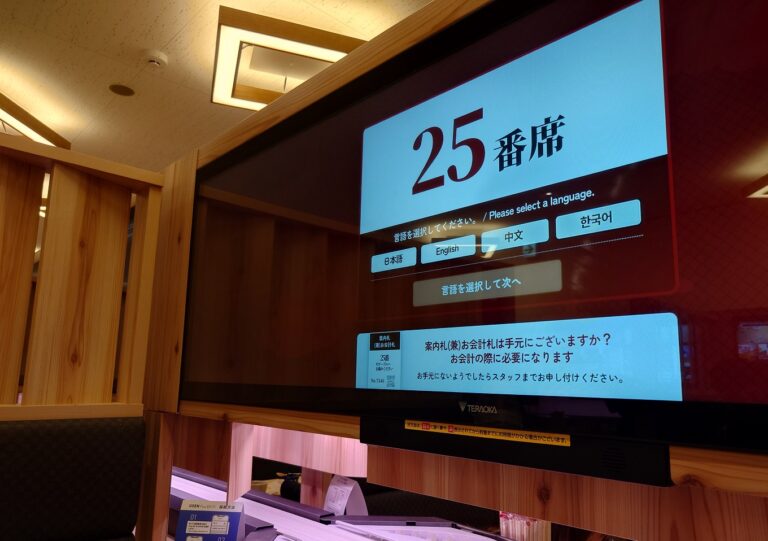
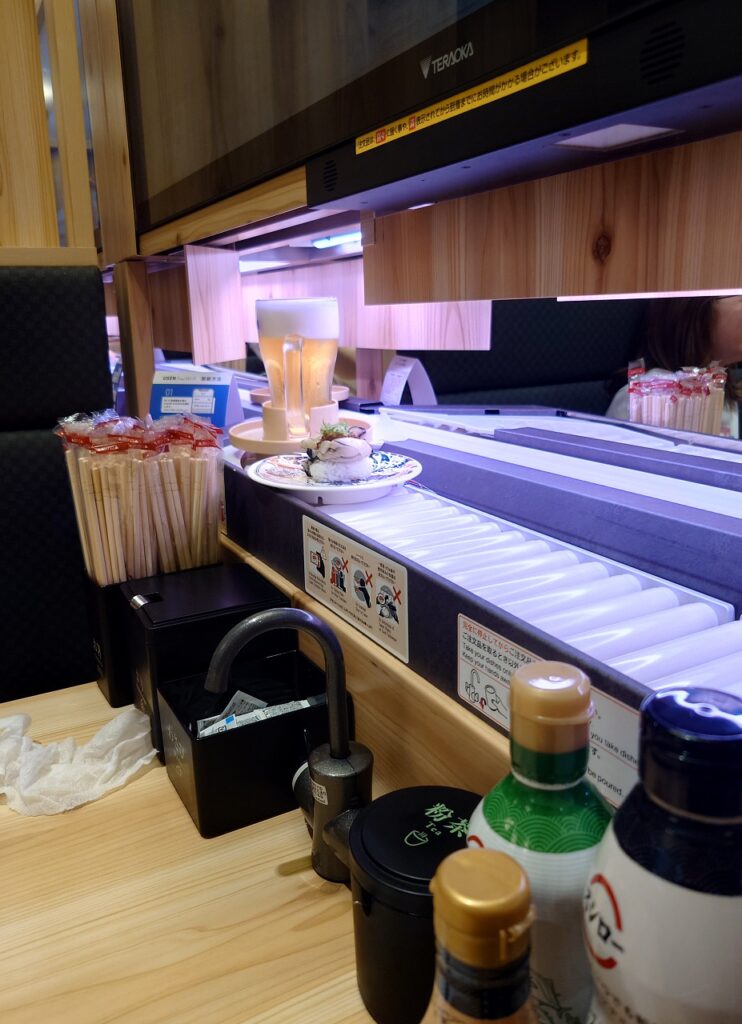
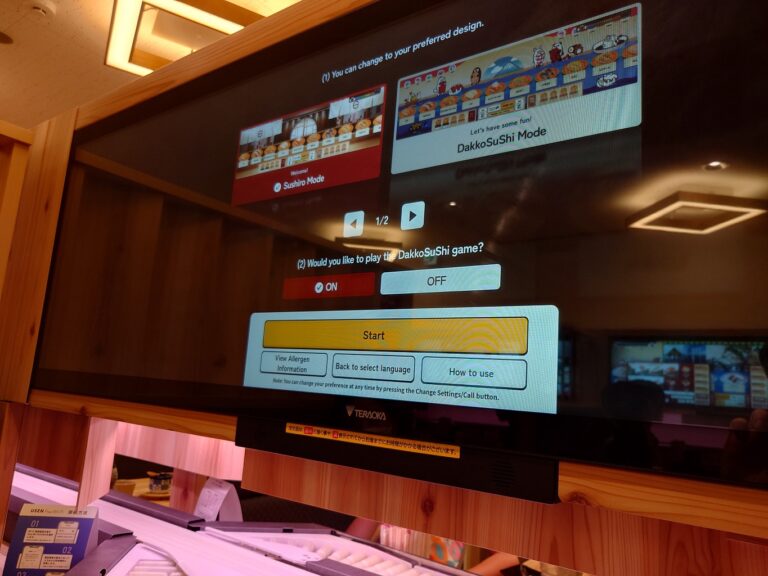
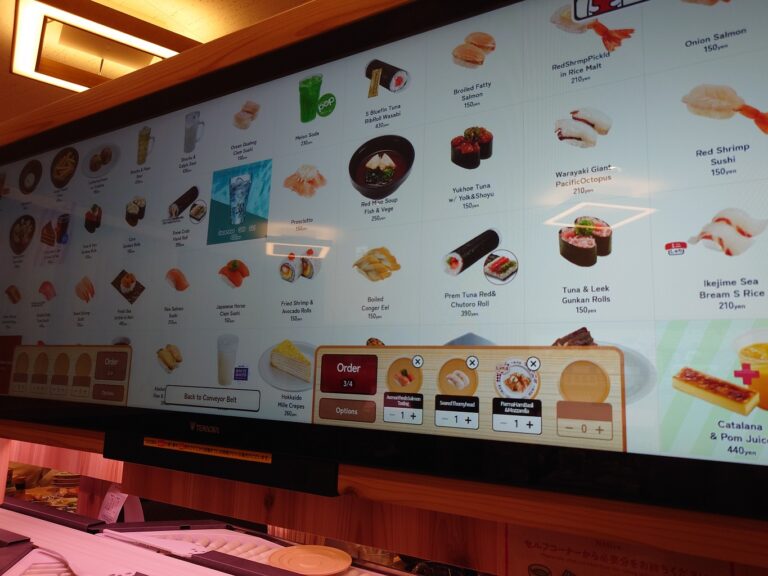
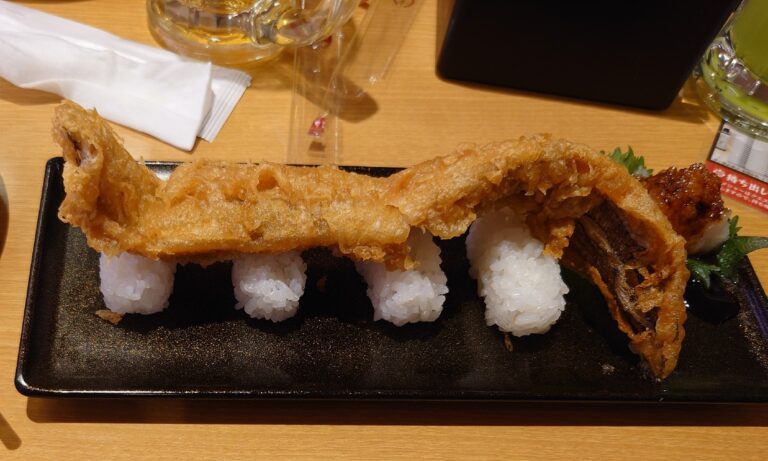
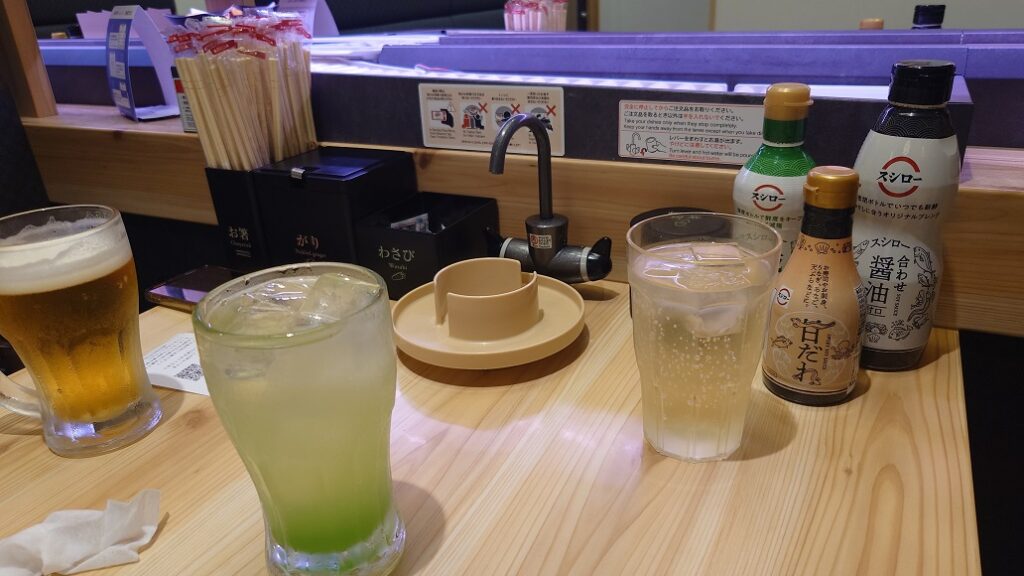
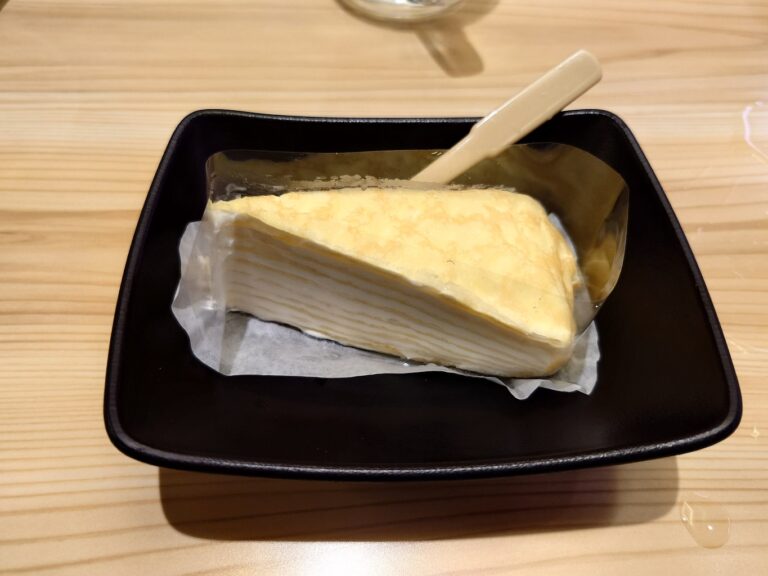
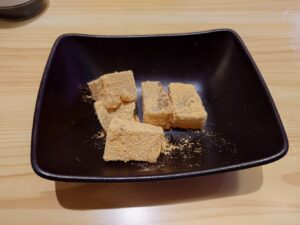
 Personal experience
Personal experience
We went to the Sushiro restaurant in Gion for lunch one weekend in July. Our daughter loves Sushiro, so we go there often. In Kyoto, we usually went to the restaurant on the corner of Kawaramachi and Takoyakushi Street, about a 5-minute walk from Kyoto’s bustling Shijo-Kawaramachi shopping district. The restaurant is located in the basement, but is relatively spacious. I knew that a new branch of Sushiro had opened in December 2024 in the famous geisha district of Gion, also within walking distance of Shijo-Kawaramachi, but we always went to the one in Kawaramachi-Takoyakushi. Last month, we tried the Gion branch for the first time. As it’s new, it’s natural that it’s modern, but we were surprised to discover that each table was equipped with a giant touch screen on which photos of the dishes scrolled! This means you can place your order directly by clicking on the dish you want, but the conveyor belt only transports the dishes you’ve ordered. You can’t serve yourself directly, and orders are carefully routed to each table.
Our daughter was desperate to return to this restaurant, so this time we made a reservation in advance via the Sushiro app and went to the Gion branch. As with all Sushiro branches, upon entering the restaurant, you first find a counter equipped with a screen near the entrance. This is where you register before being directed to a table. The screen can be switched to English, and the first step is to indicate whether or not you have a reservation. If you have a reservation, simply enter your reservation number on the screen, and a ticket with your number will be issued. No matter how many people are waiting in the restaurant, if you have a reservation and arrive on time, you’ll almost always be shown to your table without waiting. Even without a reservation, it’s possible to get in immediately if seats are available. However, these days there’s almost always a long queue, especially in the evenings. Advance reservations are therefore highly recommended. The Gion restaurant, like Kawaramachi-Takoyakushi, is also located in the basement. Although not as large as Kawaramachi-Takoyakushi, it’s not particularly small either. Almost all the seats are laid out in the same way: tables for up to four people (or even six, if you count young children). There are also a small number of individual counters for solo customers. When we visited the restaurant at lunchtime, we saw that the same type of table was occupied as much by singles or couples as by groups of three, four or even five. In principle, these tables are designed to comfortably accommodate four people. So if you’re more than five, you’re likely to be split between several tables. Please bear this in mind during your visit.
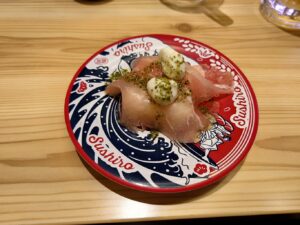
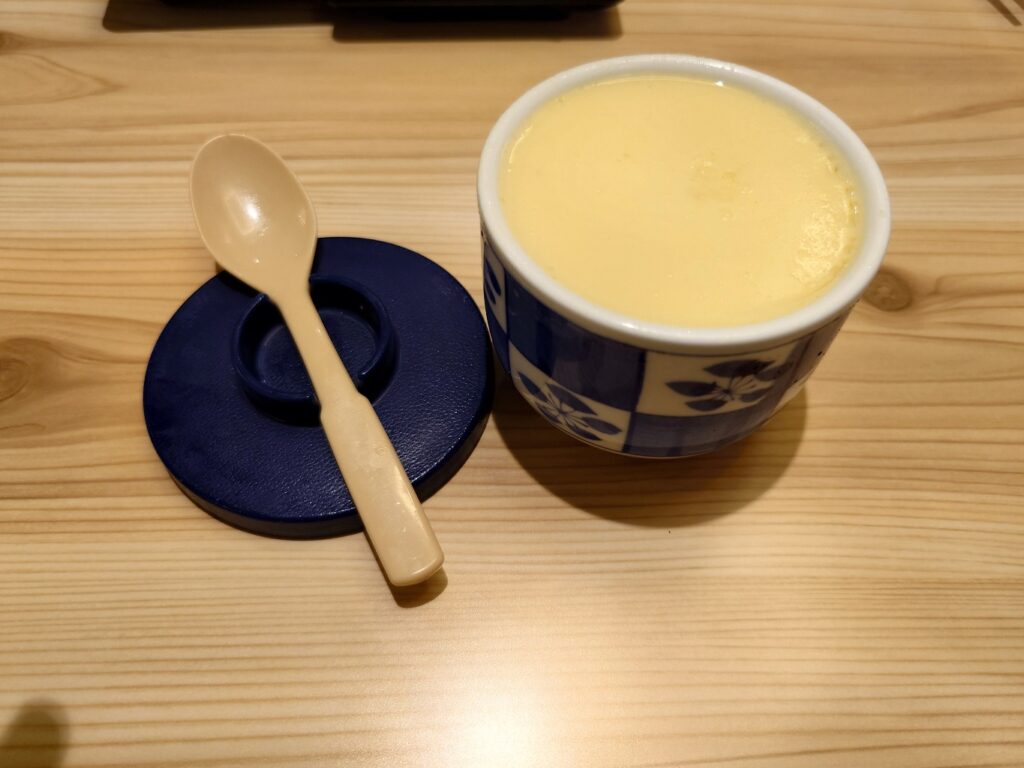
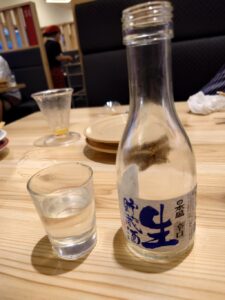
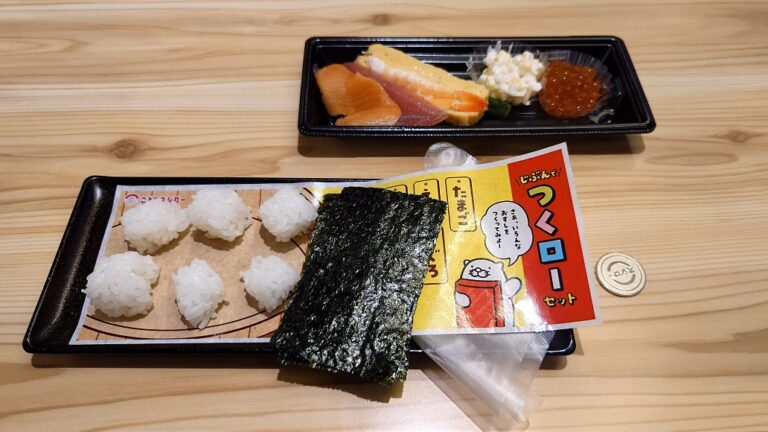
 Personal experience (continued)
Personal experience (continued)
Our daughter began by ordering her usual “Jibun de tsukuro set”, a set that allows children to make their own sushi. At Sushiro, there’s always a children’s menu with a little surprise. When you order this set, you get a special coin to run a gachapon capsule machine, located near the restaurant entrance. It’s a fun little moment that kids always look forward to. Dishes can be easily ordered using the large touch screen installed next to each seat. On the screen, the different types of sushi scroll by like on a kaitenzushi conveyor belt. If you see a sushi you’d like to eat, simply press it to add it to the basket. Then, by pressing the confirmation button, the order is sent. However, please note that if you don’t press it correctly, the item may not be added, or it may be added twice by mistake. We therefore advise you to check your basket carefully before confirming your order. Of course, you can also use the screen to browse by category – sushi, fried food, drinks, desserts, etc. – and place orders easily according to your preferences. – and place your orders according to your preferences.
What delighted our daughter most was that once you’ve ordered a certain number of plates of sushi, a mini-game starts automatically on the screen. If you win, you can receive a small gift – a fun and motivating experience for children! On our visit, for example, our bill came to around 9,000 yen, and we were treated to 7 mini-games. It seems that a mini-game is triggered for every 1,000 yen spent. Of these 7 mini-games, we won once. The prize – in our case, a small soy sauce plate with a picture of sushi – was delivered directly to our table via the conveyor belt, just like the sushi plates!
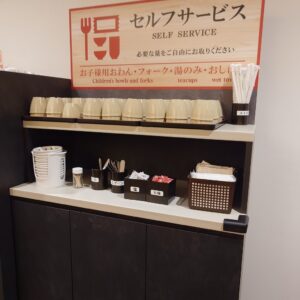
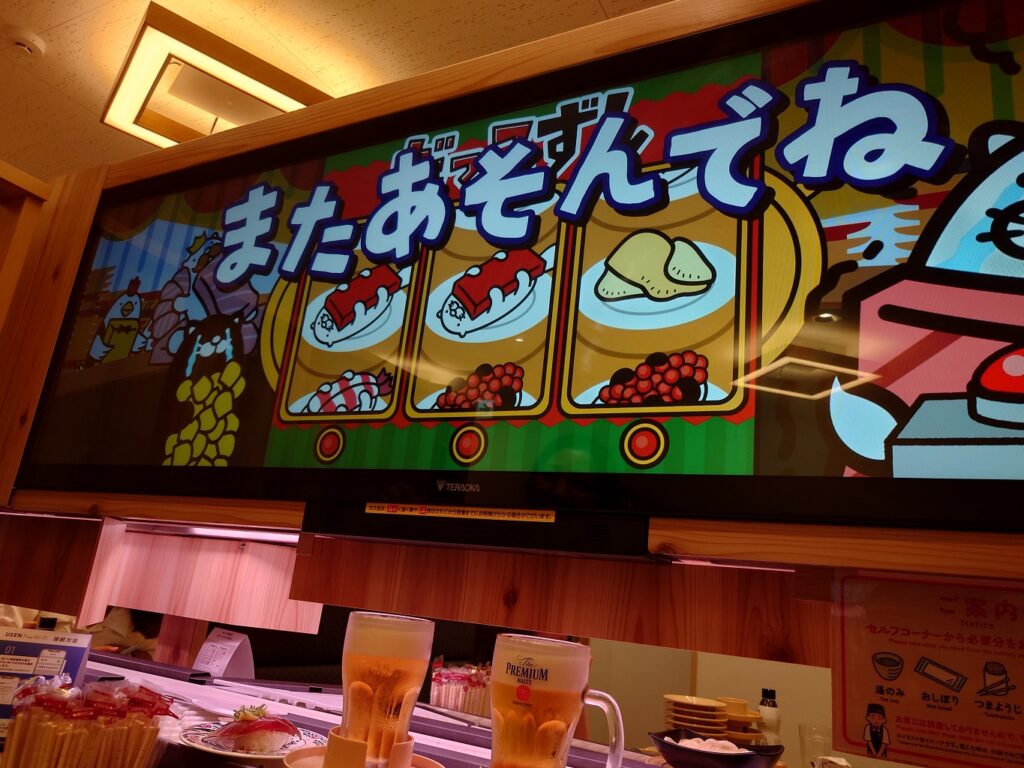
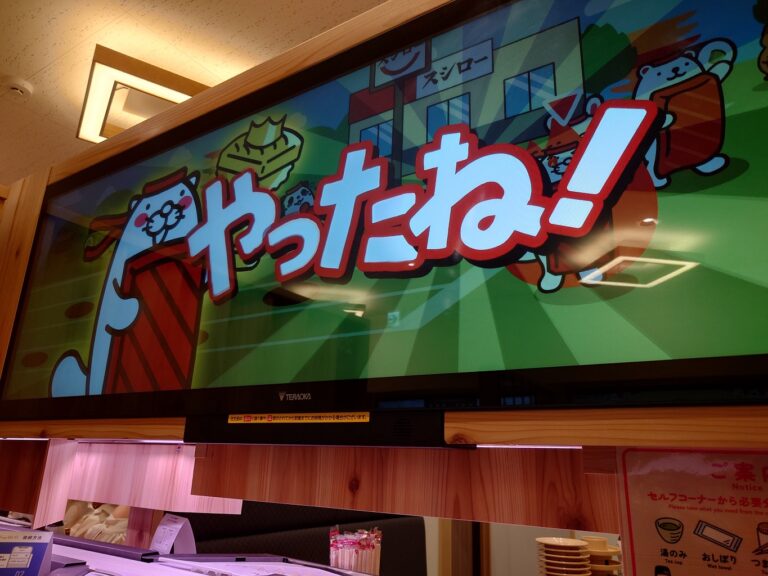
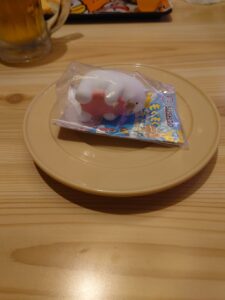
 Personal experience (end)
Personal experience (end)
In addition, Sushiro regularly organizes special collaborations with anime characters and celebrities. At the time of our visit, a campaign in partnership with the K-pop group BTS was underway. During these collaboration periods, certain dishes, drinks or desserts offered on the menu are accompanied by merchandising. On this occasion, our daughter ordered a special drink included in the collaborative menu, which was served with a cup that changed color with the temperature – a promotional item she was able to take home with her. Our daughter knows absolutely nothing about BTS, but whenever she sees something with cute characters, she’s always interested and desperate to get the special edition or collaborative products.
Sushiro also offers a wide selection of desserts, including Japanese-inspired sweets such as mille-crêpes, warabi-mochi and caramelized sweet potatoes (daigaku-imo). This restaurant is full of fun little details that delight children. It is therefore highly recommended for families with young children.
Another reason why my daughter loves going to Sushiro is that there’s a loyalty card for children. Every time you visit, if you ask the staff, they stamp the card, and about every other time, a small sushi-related gift is offered. Even for travelers, if you’re thinking of going twice or more during your stay, don’t hesitate to ask for this children’s loyalty card. (You’ll usually have to ask the staff for it, and after the meal you’ll have to remind them to stamp the card).
 What are mille-crêpes?
What are mille-crêpes?
A mille-crêpe is a cake made of many thin layers of crêpes, stacked one on top of the other, with cream (often vanilla or matcha tea) between each layer. It’s a popular dessert in Japan, in a soft, light Japanese style.
 What is warabi-mochi?
What is warabi-mochi?
Warabi-mochi is a traditional Japanese confection made from fern starch (warabi-ko) or similar starch. This dessert has a soft, gelatinous, refreshing texture. It is often served cold, sprinkled with kinako (toasted soy powder) and sometimes accompanied by black sugar syrup (kuromitsu).
 What are Daigaku-imo?
What are Daigaku-imo?
Daigaku-imo is a sweet Japanese specialty made with fried sweet potatoes, coated in a caramelized sugar syrup (often with soy sauce and sometimes honey), then sprinkled with black sesame seeds. This dessert, both crispy on the outside and soft on the inside, is especially popular in autumn and winter.
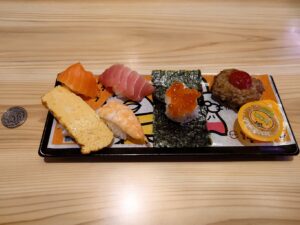
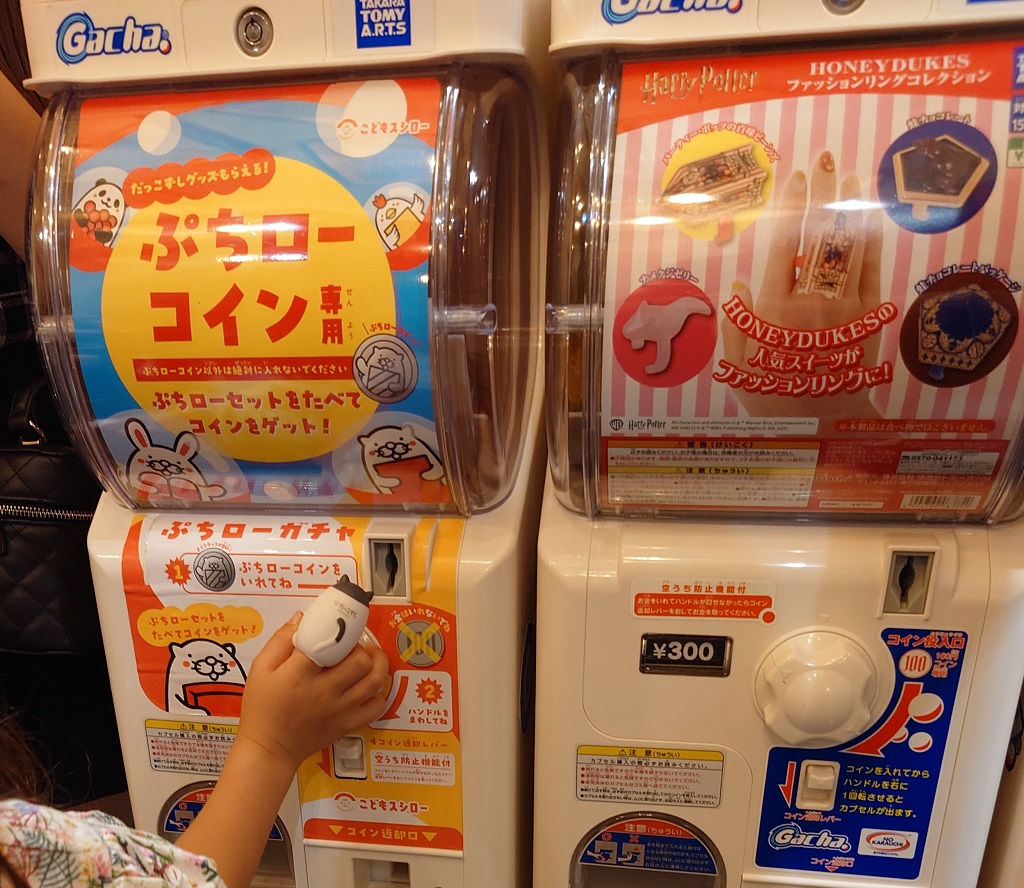
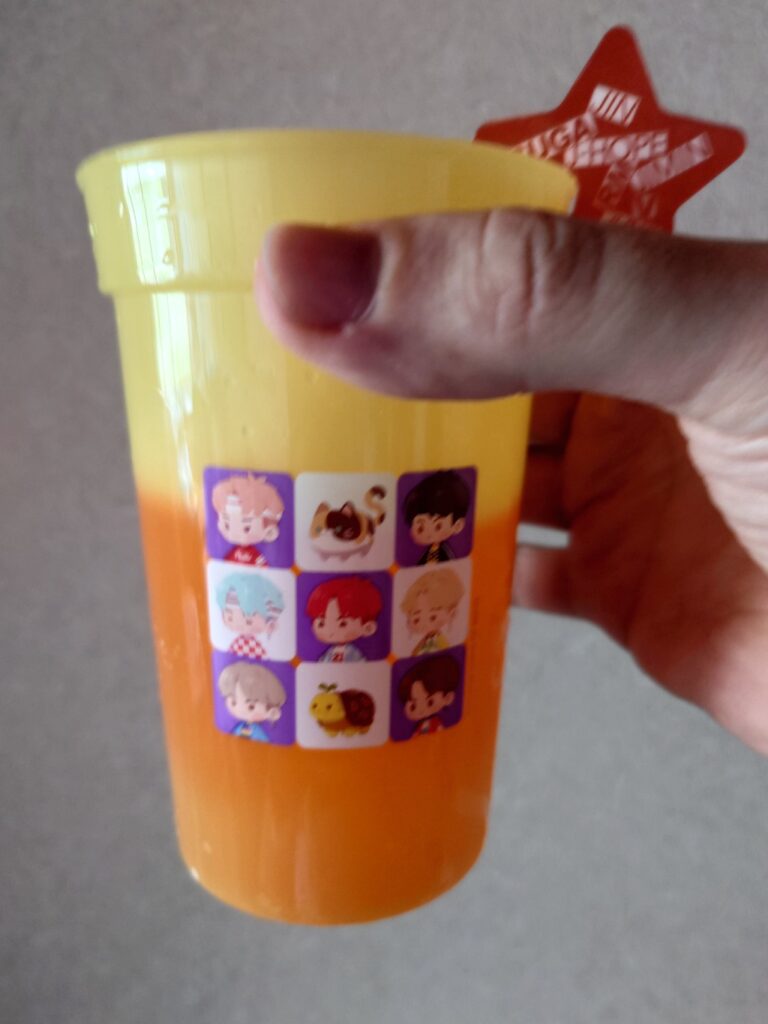
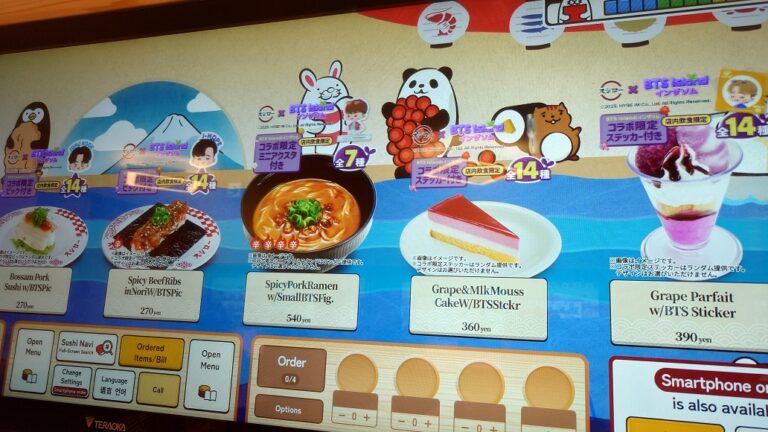
 Actual cost
Actual cost
One plate 150 yen (150¥ x4)
Collaborative single course(BTS) – 360 yens(360¥)
Drink with gift(BTS) – 1,130 yen(1,130 ¥)
Cake + drink set – 440 yens(440¥)
Soft drink – 230 yens(230¥)
Japanese alcohol – 520 yen(520¥)
Japanese alcohol – 430 yen(430¥)
Draft beer – 640 yen(640¥ x2)
Parfait – 280 yen(280¥)
Platter 740 yen(740¥)
One plate 520 yen(520¥)
One dish 190 yen(190¥)
One plate 490 yen (490¥)
390 yen plate (390¥ x2)
One plate 180 yen (180¥)
One plate 290 yen (290¥ x2)
210 yen plate (210¥)
Total: ¥8,960 ≈ $55.68
(based on an exchange rate of 1 USD = 161 yen)
 Basic information
Basic information
📍 Location: Shijo Kawaramachi (Kyoto), Kyoto Station, AEON Mall, etc.
💰 Average price: ¥150~740/plate
⏰Opening hours: 11:00 – 23:00
👪 Recommended for: families, children, foreign visitors
🌐 Official website: https://www.akindo-sushiro.co.jp/
 Highlights
Highlights
– Great variety and freshness
– Fast service
– Multilingual interface
– Ideal for families
 Note
Note
– Waiting possible without reservation, especially in the evening
– Very little choice of sake
